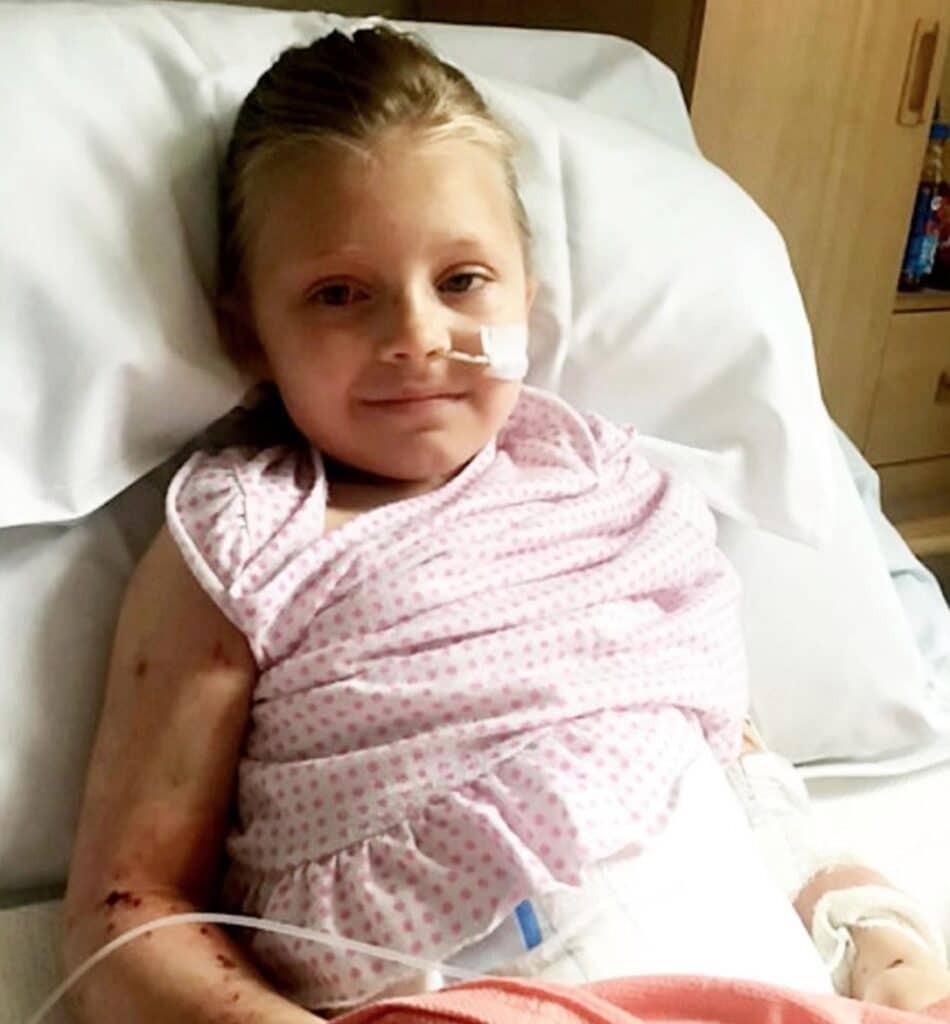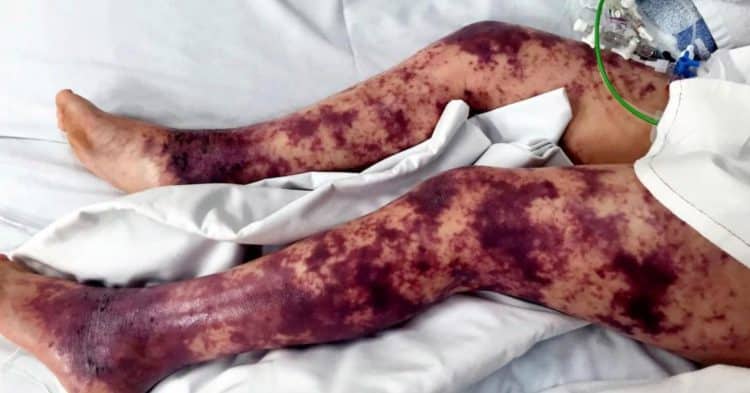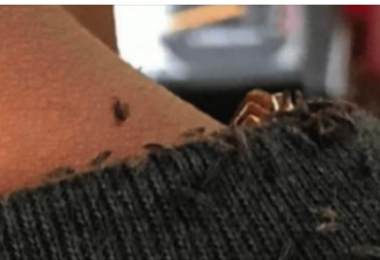Aimee Partridge thought her daughter Brogan’s black and blue scars on her legs during their vacation were bruising. They were unaware that the marks were a sign of meningitis. Brogan had been prescribed medicines and diagnosed with an eye infection twelve days beforehand. The marks did not mimic the normal indications of meningitis, leading to the first diagnosis of bruising.

Brogan saw a general practitioner, who immediately transported her to Birmingham Children’s Hospital, where medical professionals amputated her left foot to preserve her life. After having a prosthetic foot installed, Brogan continued to struggle because of the illness in her other leg, which caused excruciating discomfort all the time. Since the infection had damaged the major blood vessel, the family—including Brogan—decided to amputate the remaining leg as well.

Nine-year-old Brogan has persevered in the face of these difficulties. Children adjust fast, even if Aimee admits that the process can be intimidating. Retaining the residual leg came with additional risks of complications and disease recurrence. Although losing her final shred of independence will be a big adjustment, Brogan’s adjustment to the circumstances shows her realistic perspective.


Aimee emphasizes the significance of being aware of symptoms other than the often associated rash when urging people not to disregard warning signals of meningitis. Meningitis can present in a variety of ways, and early diagnosis is essential to receiving treatment.








Leave a Comment